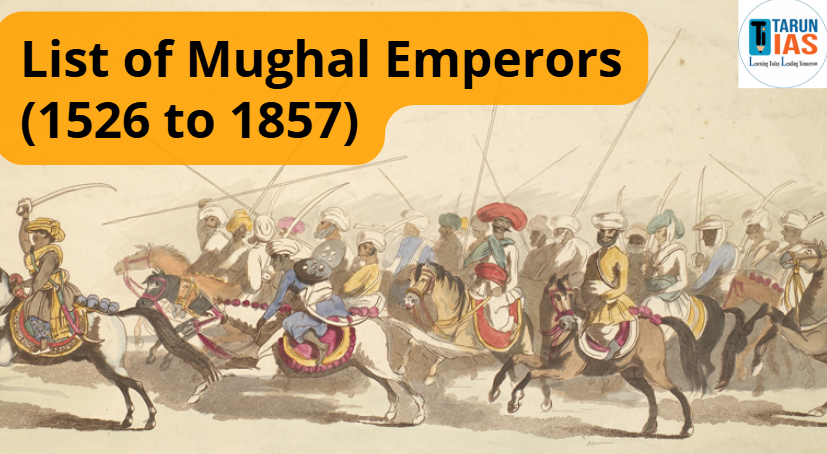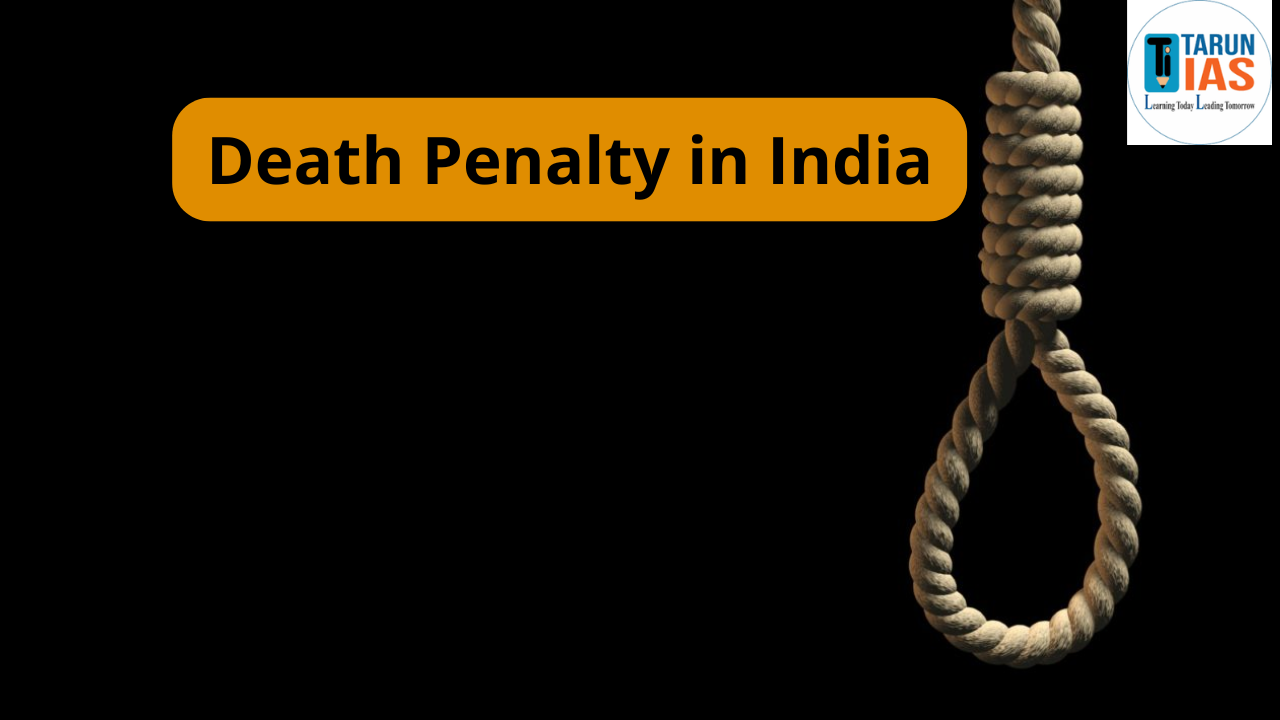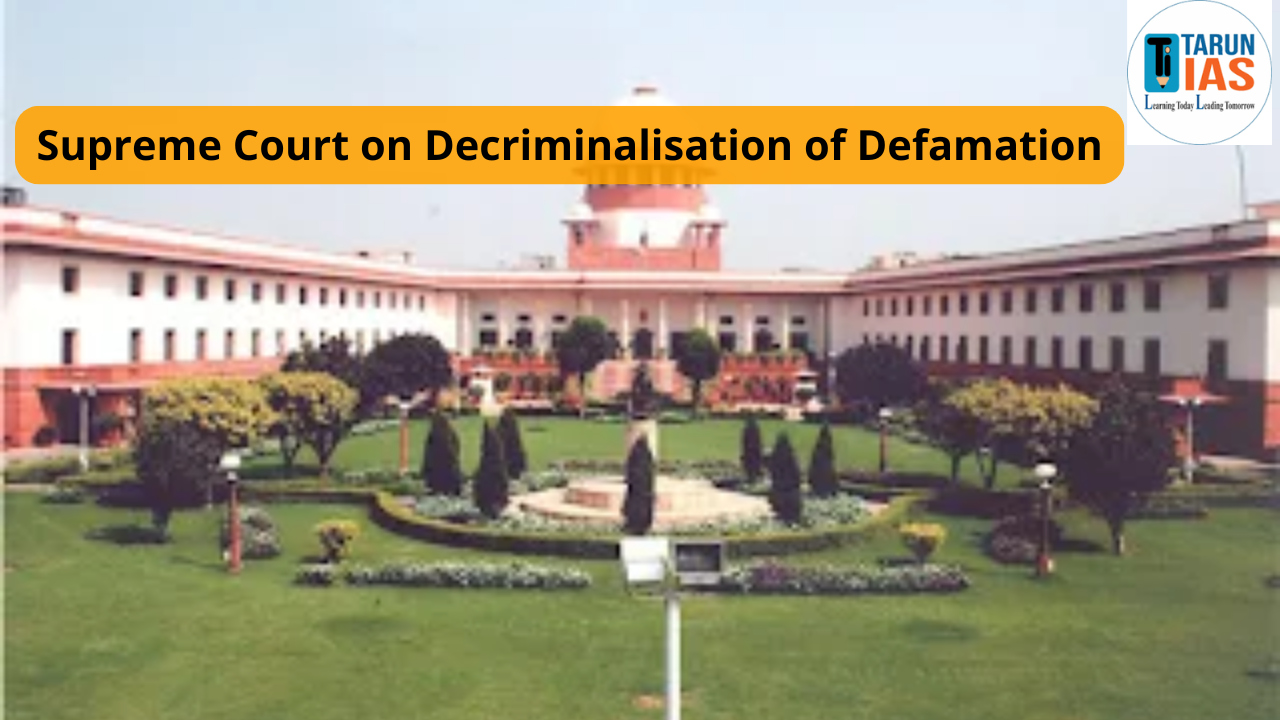The Mughal Dynasty was one of the most significant empires in Indian history, known for its powerful administration, architectural grandeur, and cultural fusion. Established in 1526 by Babur, after his victory in the First Battle of Panipat, the Mughal Empire ruled large parts of the Indian subcontinent until 1857.
This article presents a chronological List of Mughal Emperors, their achievements, decline of the empire, and key contributions that shaped Indian history.
History of the Mughal Dynasty
The Mughal Empire was founded by Zahir-ud-din Muhammad Babur, a descendant of Timur and Genghis Khan. He introduced gunpowder warfare and laid the foundations of a centralized state.
The empire reached its zenith under rulers like Akbar, Shah Jahan, and Aurangzeb. However, after Aurangzeb died in 1707, the empire witnessed a gradual decline due to weak successors, internal revolts, foreign invasions, and finally British colonization in 1857.
Also Read: List of Maratha Wars
List of Mughal Emperors
The List of Mughal Emperors, spanning over three centuries, saw powerful emperors who contributed significantly to India’s political, cultural, and architectural heritage. Below is a chronological table of all major Mughal rulers, from the foundation by Babur in 1526 to the final emperor, Bahadur Shah Zafar, in 1857. This table outlines each emperor’s reign and key achievements or historical events that marked their rule.
Also read: Important Battles of the Mughal Empire List
| Emperor | Reign Period | Key Contributions |
| Babur | 1526–1530 | Founder of the Mughal Empire; defeated Ibrahim Lodi in the First Battle of Panipat. |
| Humayun | 1530–1540, 1555–1556 | Lost the empire to Sher Shah Suri; regained it with Persian assistance. |
| Akbar the Great | 1556–1605 | Expanded the empire, established an efficient administration, and promoted religious tolerance. |
| Jahangir | 1605–1627 | Known for patronizing art and architecture; faced conflicts with the British East India Company. |
| Shah Jahan | 1628–1658 | Built the Taj Mahal; expanded the empire but strained resources with his extravagant projects. |
| Aurangzeb | 1658–1707 | Expanded the empire to its largest extent; faced internal rebellions due to orthodox policies. |
| Bahadur Shah I (Shah Alam I) | 1707–1712 | Released Shahuji (son of Shivaji); his reign marked the beginning of the empire’s decline. |
| Jahandar Shah | 1712–1713 | Known for his incompetence and titular role; unpopular among his subjects. |
| Furrukhsiyar | 1713–1719 | Influenced by the Syed Brothers; granted duty-free trading rights to the British East India Company. |
| Rafi Ul-Darjat | 1719 | Proclaimed emperor by the Syed Brothers but ruled for a very brief period. |
| Rafi Ud-Daulat | 1719 | Briefly succeeded Rafi Ul-Darjat but had minimal impact during his short reign. |
| Muhammad Ibrahim | 1720 | Claimed the throne with support from the Syed Brothers but was unsuccessful in deposing Muhammad Shah. |
| Muhammad Shah (Rangeela) | 1719–1720, 1720–1748 | Removed the Syed Brothers; lost territories to the Marathas; faced the invasion of Nadir Shah in 1739. |
| Ahmad Shah Bahadur | 1748–1754 | Son of Muhammad Shah; defeated by the Maratha Confederacy and weakened the empire further. |
| Alamgir II | 1754–1759 | Murdered by a conspiracy involving Imad-Ul-Mulk and Sadashivrao Bhau of the Marathas. |
| Shah Jahan III | 1759–1760 | Overthrown after the Third Battle of Panipat by Prince Mirza Jawan Bakht. |
| Shah Alam II | 1760–1806 | Fought against the British East India Company in the Battle of Buxar; reformed the Mughal Army. |
| Akbar Shah II | 1806–1837 | Stripped of imperial authority by the British; his name was removed from official coinage. |
| Bahadur Shah II (Bahadur Shah Zafar) | 1837–1857 | The last Mughal emperor; led the Indian Rebellion of 1857 and was exiled to Rangoon by the British. |
Also read: Important Battles in Modern History of India List
List of Mughal Emperors: Famous Rulers and Their Contributions
The List of Mughal Emperors was shaped and strengthened by a few extraordinary rulers whose leadership, vision, and policies left a profound mark on Indian history. These emperors not only expanded the empire’s boundaries but also enriched its culture, governance, and architecture. Below are the most famous Mughal emperors who defined the golden era of Mughal rule:
Mughal Emperor Zahir-ud-din Muhammad Babur (1526–1530)
- Founder of the Mughal Dynasty in India after defeating Ibrahim Lodi at the First Battle of Panipat.
- Introduced gunpowder warfare and advanced military tactics, laying the foundation of future conquests.
- Authored the Baburnama, a detailed autobiographical account showcasing his military campaigns, observations, and reflections.

Mughal Emperor Nasir-ud-din Muhammad Humayun (1530–1540, 1555–1556)
The Struggler Emperor and Restorer of the Throne
- Babur’s son, Humayun initially struggled to consolidate the empire and lost it to Sher Shah Suri in 1540.
- Spent 15 years in exile in Persia, where he gathered support to reclaim his throne.
- Regained Delhi in 1555 with Persian assistance but died shortly after in 1556.
- Known more for his resilience than military or administrative achievements.
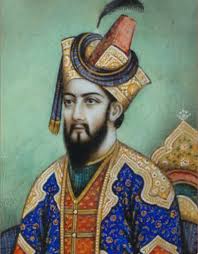
Mughal Emperor Jalal-ud-din Muhammad Akbar (1556–1605)
- Considered the greatest Mughal emperor, Akbar expanded the empire extensively through conquests and diplomacy.
- Implemented policies of religious tolerance, including the Din-i-Ilahi, a syncretic religious movement.
- Reformed the administration, revenue system (Zabt), and Mansabdari system, ensuring stability and effective governance.
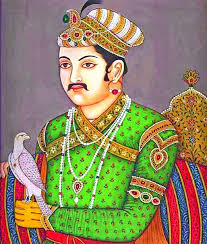
Mughal Emperor Shahab-ud-din Muhammad Shah Jahan (1628–1658)
- Known for the golden age of Mughal architecture, he commissioned iconic structures like the Taj Mahal, Red Fort, and Jama Masjid.
- Patronized Persian culture, literature, and fine arts, making his court a cultural hub of the empire.
- His reign marked the empire’s peak in terms of aesthetic grandeur and architectural innovation.
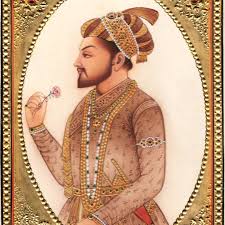
Mughal Emperor Muhi-ud-din Muhammad Aurangzeb Alamgir (1658–1707)
- Expanded the Mughal Empire to its largest territorial extent, especially in the Deccan.
- Enforced Islamic laws and orthodox policies, reversing many of Akbar’s liberal measures.
- Faced strong resistance from Marathas, Rajputs, and Sikhs, which gradually eroded the empire’s unity.
- His death in 1707 marked the beginning of the Mughal Empire’s decline.
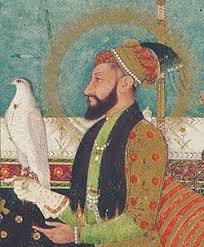
Also read: Important Battles in Medieval Indian History
Mughal Emperors in Detail: Later Mughal Emperors (1707–1857)
The Later Mughal emperors ruled India from the death of Aurangzeb in 1707 until the collapse of the Mughal Empire in 1857. This period witnessed the steady decline of imperial authority and the rise of regional kingdoms and colonial powers like the British East India Company. Unlike the Great Mughals, the Later Mughals were largely powerless, often manipulated by court nobles or external forces. Their reigns were marked by internal chaos, invasions, and political fragmentation.
Mughal Emperor Bahadur Shah I (1707–1712)
Tried to maintain the empire after Aurangzeb’s death but faced increasing difficulty in controlling regional powers like the Marathas and Sikhs. Though he attempted reconciliation, his efforts failed to revive the empire’s stability.
Mughal Emperor Jahandar Shah (1712–1713)
Came to power briefly and is mostly remembered for his weak and indulgent rule. His association with a dancing girl named Lal Kunwar and his failure to maintain order led to his assassination by the Sayyid Brothers—powerful nobles who dominated Mughal politics during this period.
Mughal Emperor Farrukhsiyar (1713–1719)
Farrukhsiyar was a puppet of the Sayyid Brothers, who had helped him ascend the throne. His reign was important as it marked the granting of trade rights to the British East India Company in Bengal, which laid the foundation for British political and economic dominance. However, he too was removed by the Sayyids when he tried to assert independence.
Mughal Emperor Muhammad Shah (1719–1748)
Muhammad Shah also known as Muhammad Shah Rangeela, presided over a culturally vibrant but politically weak court. His lack of leadership allowed regional rulers to grow in power. During his reign, Persian ruler Nadir Shah invaded Delhi in 1739, looting immense wealth, including the Peacock Throne and Koh-i-Noor diamond—one of the most humiliating events in Mughal history.
Also Read: Important Battles in Indian History
Mughal Empire Cultural and Historical Legacy
The Mughal Empire left an enduring legacy that continues to shape the identity and heritage of the Indian subcontinent. Known for its rich contributions to architecture, art, governance, and cultural integration, the Mughals fostered an environment of innovation and synthesis.
Mughal Empire Architecture
The Mughal era gave rise to some of the world’s most iconic architectural masterpieces. Structures like the Taj Mahal, Agra Fort, Humayun’s Tomb, and the city of Fatehpur Sikri are renowned for their fusion of Persian, Islamic, and Indian styles. These monuments symbolize the grandeur and aesthetic sensibilities of the empire, many of which are now UNESCO World Heritage Sites.
Mughal Empire Art and Literature
The Mughals were great patrons of the arts. Mughal miniature paintings flourished, characterized by their intricate detailing and vibrant colors. Literature, particularly in Persian and Urdu, also saw significant development. During the time of the last emperor, Bahadur Shah Zafar, Urdu poetry reached new heights with legendary poets like Mirza Ghalib gracing the court.
Mughal Empire Governance
The administrative system of the Mughals was highly organized and efficient. The Mansabdari system—a ranking system for military and civil officials—helped maintain order and control across a vast empire. Their centralized administration became a model that later influenced British colonial governance structures.
Mughal Empire Religious Tolerance
The policy of Sulh-i-Kul (universal peace), especially under Emperor Akbar, promoted religious tolerance and cultural integration. Akbar’s court included people from various faiths, and he even initiated Din-i-Ilahi, an attempt to blend elements of different religions to promote unity.
Mughal Empire Music
The Mughal courts were also centers of musical excellence. Under Akbar, legendary musicians like Tansen flourished. Classical forms such as Dhrupad gained royal patronage, contributing significantly to the development of Hindustani classical music.
Also read: Biosphere Reserves in India 2025
List of Mughal Emperors: Reasons Behind the Decline
The decline of the Mughal Empire was a gradual process influenced by a combination of internal weaknesses and external pressures. Though the empire reached its zenith under emperors like Akbar and Aurangzeb, it began to disintegrate in the early 18th century, ultimately collapsing by 1857. Below are the key reasons that led to the fall of one of India’s most prominent dynasties:
Succession Struggles
Frequent wars of succession after the death of each emperor created political instability. The absence of a fixed rule for succession led to violent power struggles, weakening central authority.
Religious Orthodoxy
Emperor Aurangzeb’s imposition of Islamic laws and repressive policies against non-Muslims alienated major communities like Hindus and Sikhs, leading to rebellion and discontent across the empire.
Revolts & Invasions
The Mughals faced constant uprisings from Marathas, Rajputs, and Sikhs, who challenged imperial authority. Additionally, foreign invaders like Nadir Shah (1739) and Ahmad Shah Abdali looted Delhi, severely damaging the empire’s reputation and economy.
Economic Decline
Heavy taxation, declining trade, inefficient administration, and growing corruption drained the state’s finances. This led to the collapse of revenue systems and hampered the functioning of the empire.
Rise of British Power
The Battle of Buxar (1764) and the Treaty of Allahabad (1765) shifted real power into the hands of the British East India Company, reducing the Mughal emperor to a mere figurehead.
The Revolt of 1857
The final blow came with the Indian Rebellion of 1857, which led to the exile of Bahadur Shah Zafar, the last Mughal emperor. The British formally abolished the empire and assumed direct control over India.
Also read: Dams In India 2025
Conclusion
The List of Mughal Emperors offers a rich tapestry of Indian history filled with warfare, cultural synthesis, architectural brilliance, and administrative innovation. From Babur’s conquests to Bahadur Shah Zafar’s exile, the Mughal Empire’s journey is one of grandeur and eventual decline. Its legacy still echoes through India’s monuments, languages, and traditions.
List of Mughal Emperors FAQs
What is the List of Mughal Emperors from Babur to Bahadur Shah Zafar?
The List of Mughal Emperors in chronological order includes Babur, Humayun, Akbar, Jahangir, Shah Jahan, Aurangzeb, and continues till Bahadur Shah II (Zafar), who ruled until 1857.
Who are considered the Great Mughals in the List of Mughal Emperors?
The Great Mughals include the first six powerful emperors: Babur, Humayun, Akbar, Jahangir, Shah Jahan, and Aurangzeb, known for expanding the empire and shaping Indian culture.
How many emperors are mentioned in the complete List of Mughal Emperors?
The complete List of Mughal Emperors consists of 21 main emperors from 1526 to 1857, including both prominent and later Mughal rulers.
Which Mughal ruler built the Taj Mahal as per the List of Mughal Emperors?
Shah Jahan, the fifth emperor in the List of Mughal Emperors, commissioned the Taj Mahal in memory of his wife Mumtaz Mahal.
Why is the List of Mughal Emperors important for Indian history?
The List of Mughal Emperors highlights rulers who profoundly influenced India’s governance, architecture, art, and religious policies from the 16th to the 19th century.



